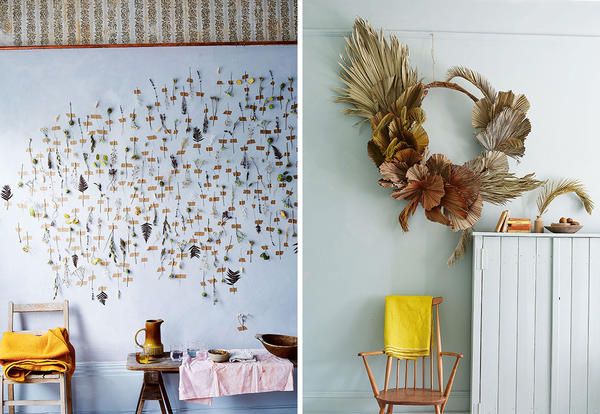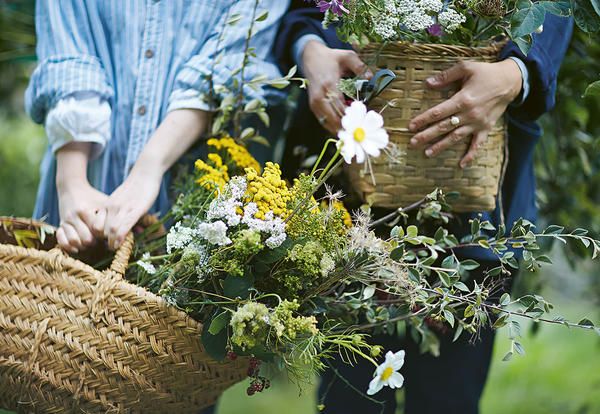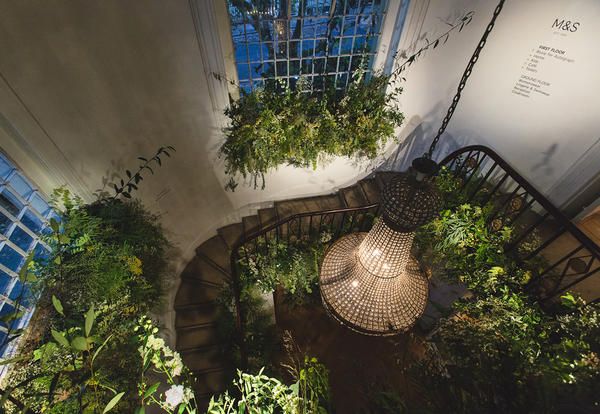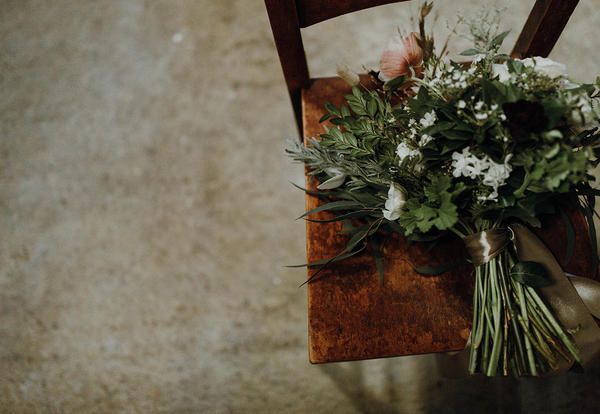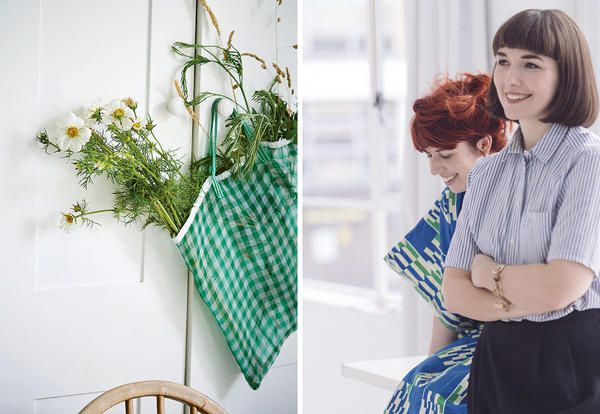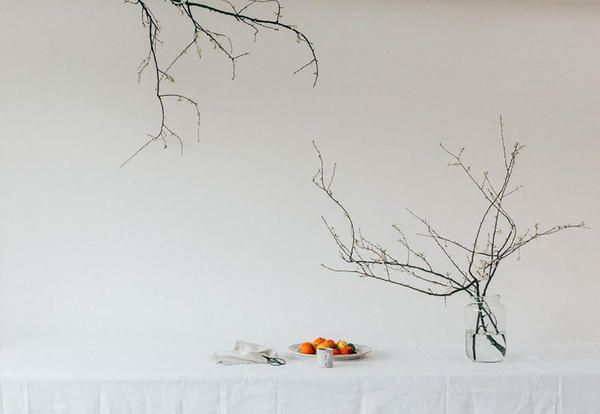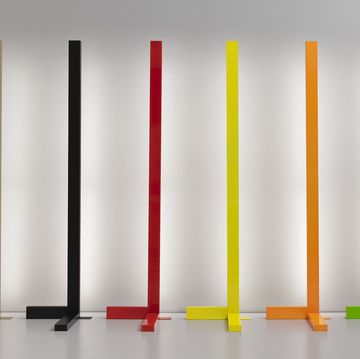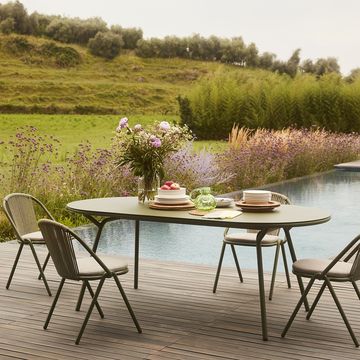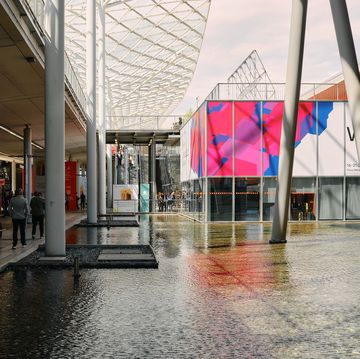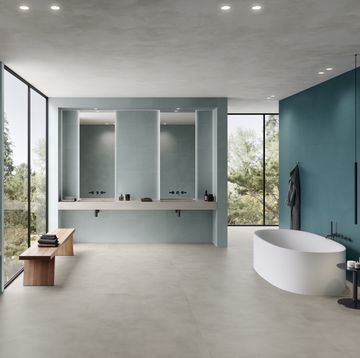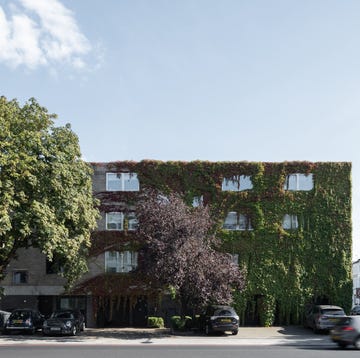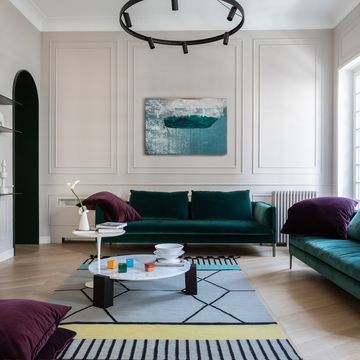From the field to the vase, the Slow Flower movement is slowly reaching southern Europe with booming botanical initiatives. A real thrill for flower designers looking for authentic blooms full of character, imperfections and scent.
With the complicity of American writer Debra Prinzing - one of the initiators of the Slow Flower movement in the US - Erin Benzakein - the woman behind the American flower farm, Floret - and Terry & Katie - from London-based floral studio Worm - we go back to the origins of the movement and explore the energy that is bringing together growers and designers.
It seems that everything started in 2007 when American writer Amy Stewart published her book, “Flower Confidential: The Good, the Bad, and the Beautiful”. Travelling from Holland to California and Ecuador, the author explored the behind the scenes of the globalised floral industry, unveiling the despicability of a world built on cheap flowers, pollution and unfair working conditions.
To many, the book was like an electric shock, a timely and much-needed eye-opener. Also because, at the time, the Slow Food movement had already demonstrated that things could be done differently to challenge the questionable habits of the food industry.
Following the footprints of the pioneers of the global food movement, the Seattle-based writer Debra Prinzing founded slowflowers.com in 2014. The initiative, which she describes as an “inclusive community”, aims at supporting a short flower supply chain by connecting farmers, florists, stores and customers. “Our mission", she explains, "is to change the flower sourcing practices of consumers and professionals through outreach and education that highlights the benefits of local, seasonal and domestic floral agriculture”.
A real bottom-up movement, the Slow Flower philosophy owes much also to the rise of social media usage, which helped it considerably to spread rapidly and organically. First across the US, and then reaching out to Australia and the UK.
Rich in seed-to-field-to-vase images - from amatorial farmers to professional floral designers, like the Edinburgh-based botanical studio PYRUS - Instagram has become the favourable receptacle of the movement and has participated extensively in its success.
Maybe because “seasonal flowers have a story”, as suggests flower farmer Erin Benzakein. A story about reconnecting with nature that speaks to many.
“It helps that consumers, millennials in particular, increasingly want to know how, where and who produced what it is they are buying”, continues Benzakein.
So, quite naturally, “savvy flower farmers have responded by sharing their stories”. An explanation that seems to find resonance in the words of Terry & Katie of floral studio Worm, who affirm: “We follow so many local flower growers, and it's lovely that we can see them put the seeds down and see them grow before they come to our door. People love to know where their flowers have come from. If we can tell the story of a flower, whether it was grown on a farm in Cornwall or drying in our studio since September, people love it. It makes it more special."
Conserving processes such as plant drying is one of the solutions Terry & Katie have found to cope with winter, as the conditions of the cold season make it “a little less inspiring flower wise unless you are buying from abroad. Most of our Christmas designs, for instance, are a mixture of local pines and dried flowers from sunnier seasons”, they say.
Trying their best only to use locally-grown botanicals, the two Irish-born creatives explain being attracted to “the simplicity in how something as essential as a blossom branch can be appreciated as a floral design”.
Mixing bundles of honesty flowers with poppy pods, their arrangements explore seasonality and ephemerality. Presented in a variety of delicate pastel colours - ranging from powder pink to pale green - their compositions also regularly include sculptural shapes of dyed palm leaves and fluffy wild grasses.
From growers to designers, looking at the work and passion of all these practitioners, it seems that we are indeed witnessing the beginning (or shall we say evolution?) of a flower revolution. A significant change, led mainly by women, which affects the way we look at beauty and consumption.
Opening: A TABLE SET FOR SPRING WITH MAGNOLIA BLOSSOM BRANCHES. PHOTO COURTESY WORM

